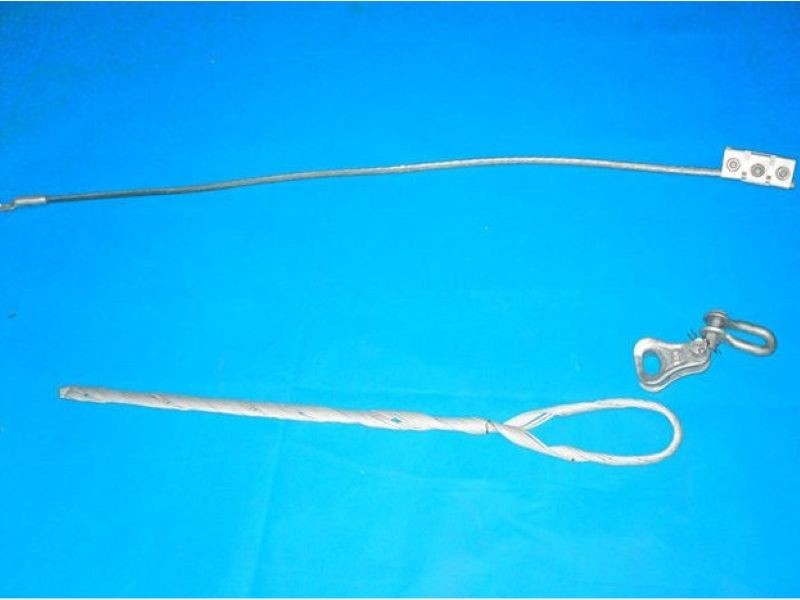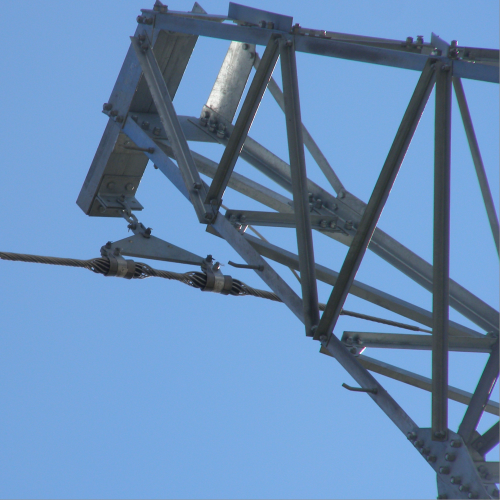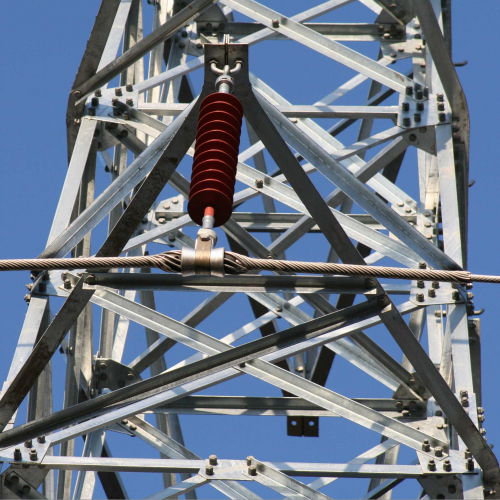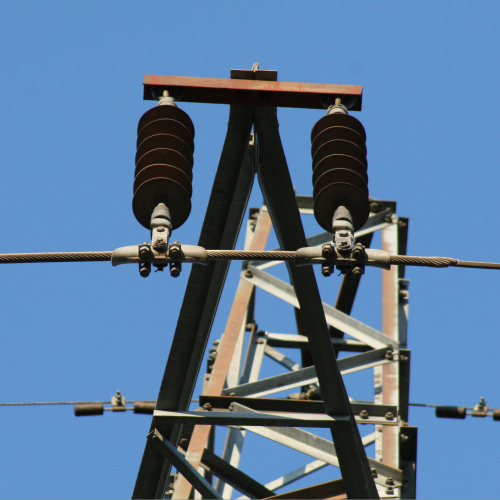The maintenance quality of the grounding wire clamp will directly affect the safety of equipment operation and the protection effect of personnel. In long-term use, the grounding wire clamp will cause performance degradation due to environmental corrosion, mechanical damage, natural aging and other factors, so it must be maintained through the system to always be in an effective state.
Daily inspections can detect hidden dangers of grounding wire clamp in a timely manner, and the frequency of inspections in different scenarios can vary. Households and small places should be inspected at least once a month, and key places such as industrial plants and substations need to be inspected once a week. The frequency of inspections should be increased to once every 3 days during thunderstorm seasons, humid environments or dusty places. The inspection should focus on whether the exposed part of the grounding body is corroded or broken, whether the soil covering the top of the grounding body is loose or settled, whether the connection point of the grounding wire clamp has any traces of oxidation, loosening, or overheating, whether the connection between the grounding terminal of the equipment and the grounding wire clamp is firm, whether it has fallen off or poor contact, whether the lightning protection grounding lead line has been deformed by collision, and whether the connection with the lightning protection belt and lightning rod is reliable. Abnormal conditions should be recorded during the inspection. If the insulating layer of the grounding wire clamp is damaged, the corrosion area of the metal part exceeds 30%, and the connecting bolts are loose, etc., it should be marked immediately and repairs should be arranged. At the same time, we should also pay attention to the impact of environmental changes on the ground, such as whether there are new tall buildings around to block the grounding body, and whether the soil has undergone salinization or drying and hardening.

Regular testing is an important means to evaluate the performance of grounding wire clamp, and professional tools need to be used to operate in accordance with standardized processes. The most important detection index is the grounding resistance value, which is tested at least once a year. Lightning protection grounding needs to be tested once before the thunderstorm season. When testing, a ground resistance tester is used, and the four-pole method or three-pole method is used to measure to ensure accurate data. In addition to the grounding resistance, a conductivity test is also required. A conductivity tester is used to measure the resistance value of each section of the grounding wire clamp to ensure that the resistance of the entire loop is ≤0.2ohms. For buried grounding wire clamp, a ground fault locator can be used to detect whether there is a breakpoint or a severely corroded area. For the grounding wire clamp of high-voltage equipment, thermal stability verification is also required to detect whether it can withstand the impact of short-circuit current. The test data also needs to be archived and retained to compare the trend of changes in the data over the years. If the grounding resistance continues to increase, the cause needs to be analyzed and rectification measures taken.
In short, the maintenance of grounding wire clamp requires daily inspections to detect hidden dangers in a timely manner, and regular inspections to evaluate performance. Only by accurately handling faults can the grounding wire clamp always maintain a low resistance and high conduction state, providing a solid guarantee for the safe operation of the electrical system.




